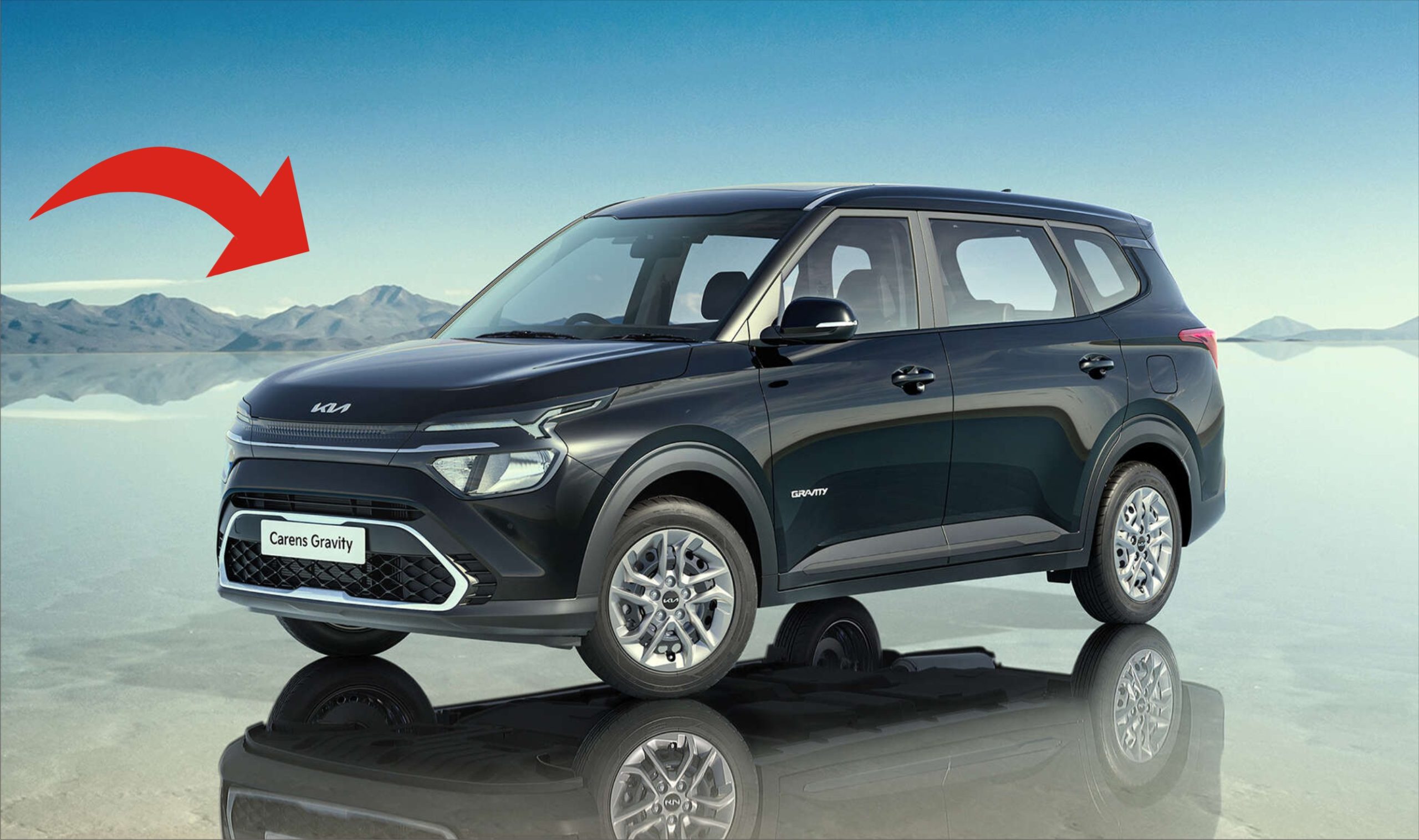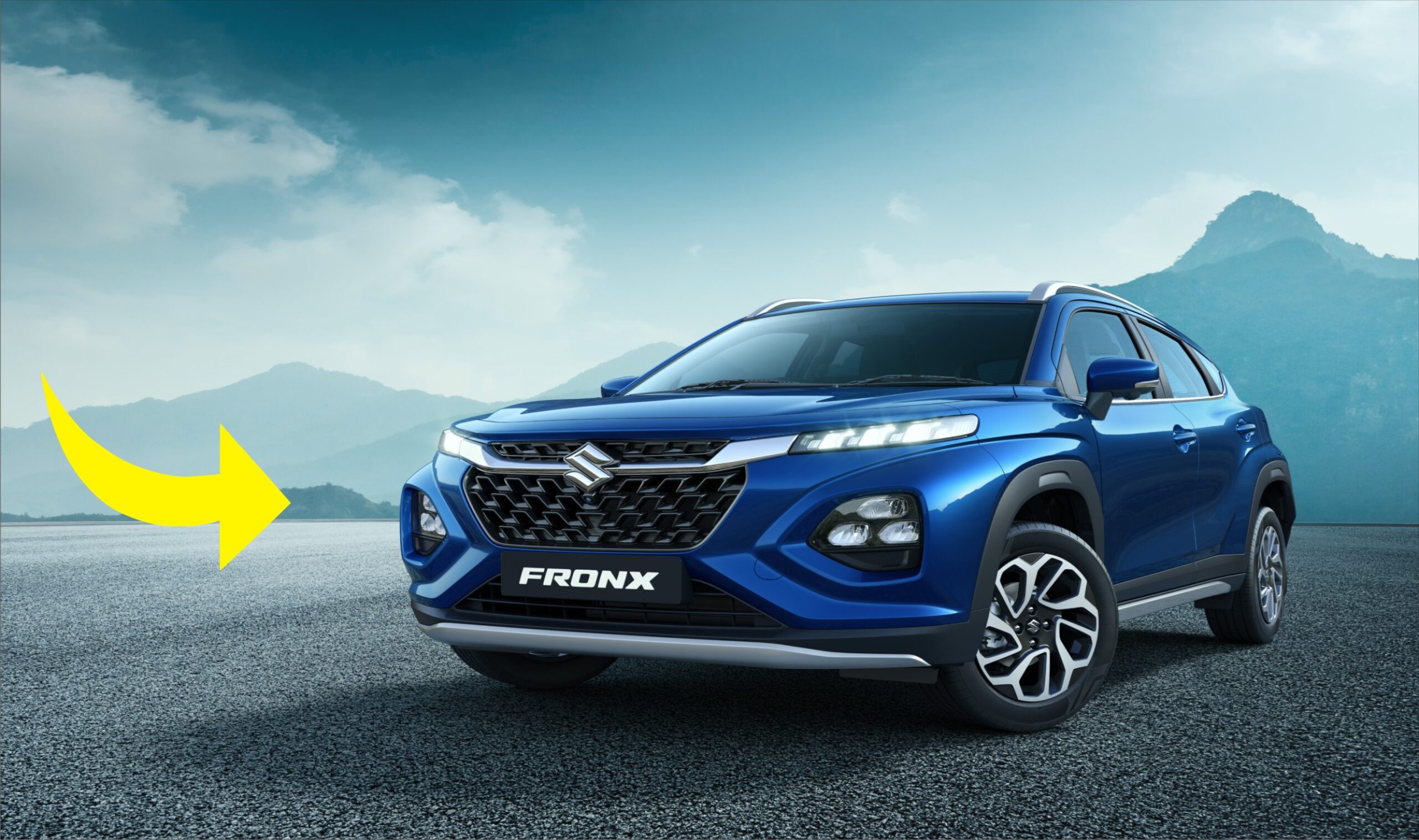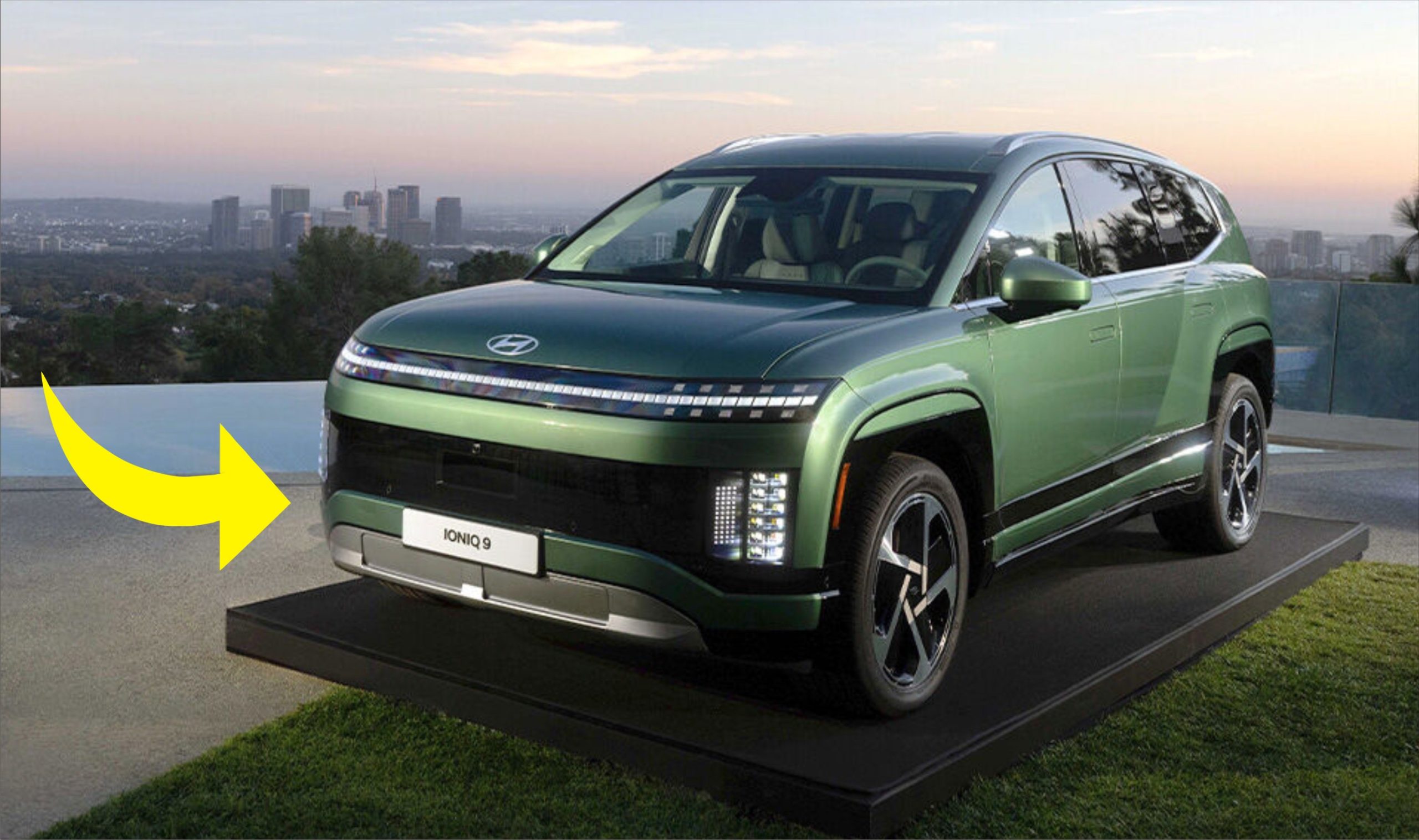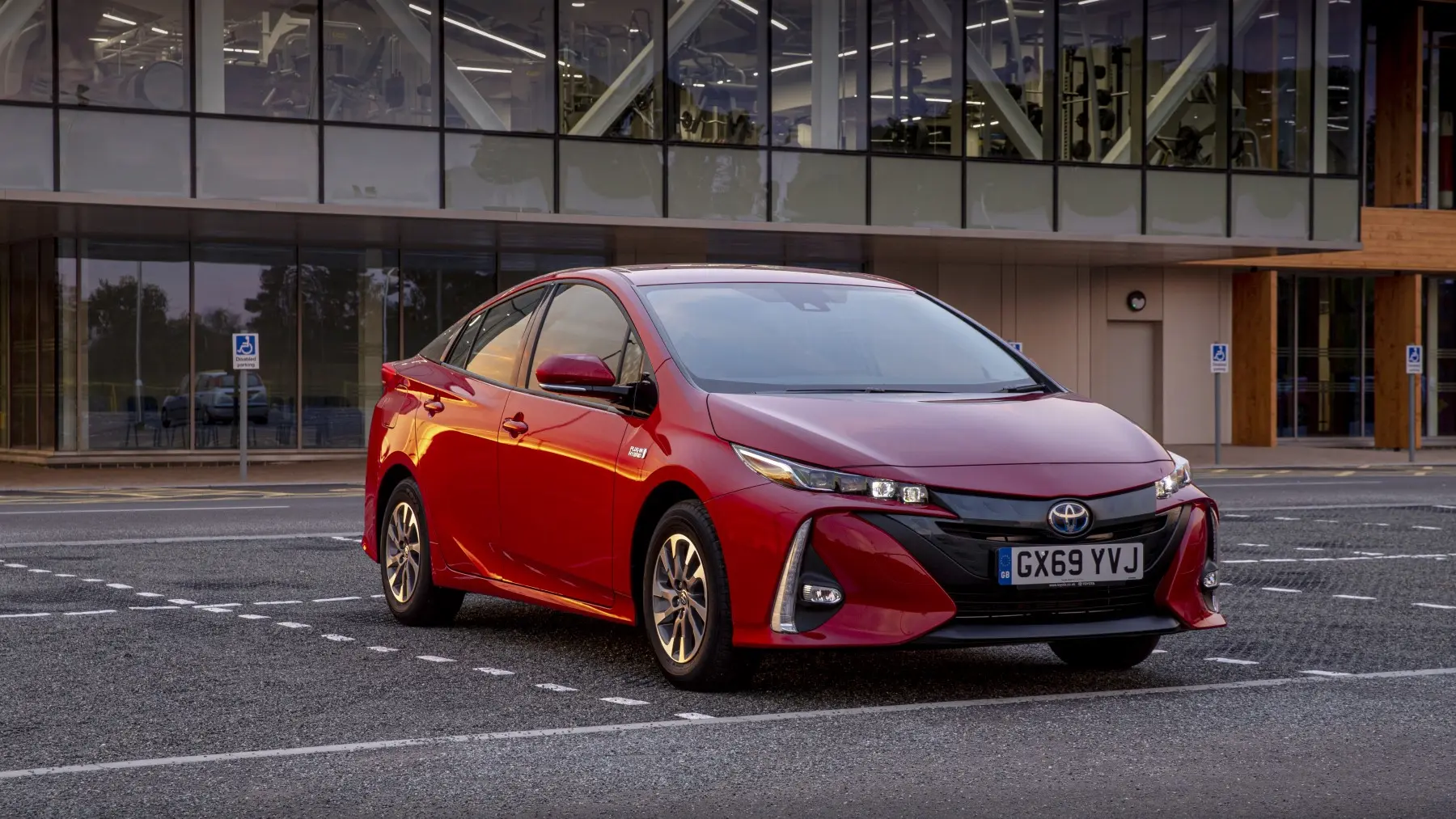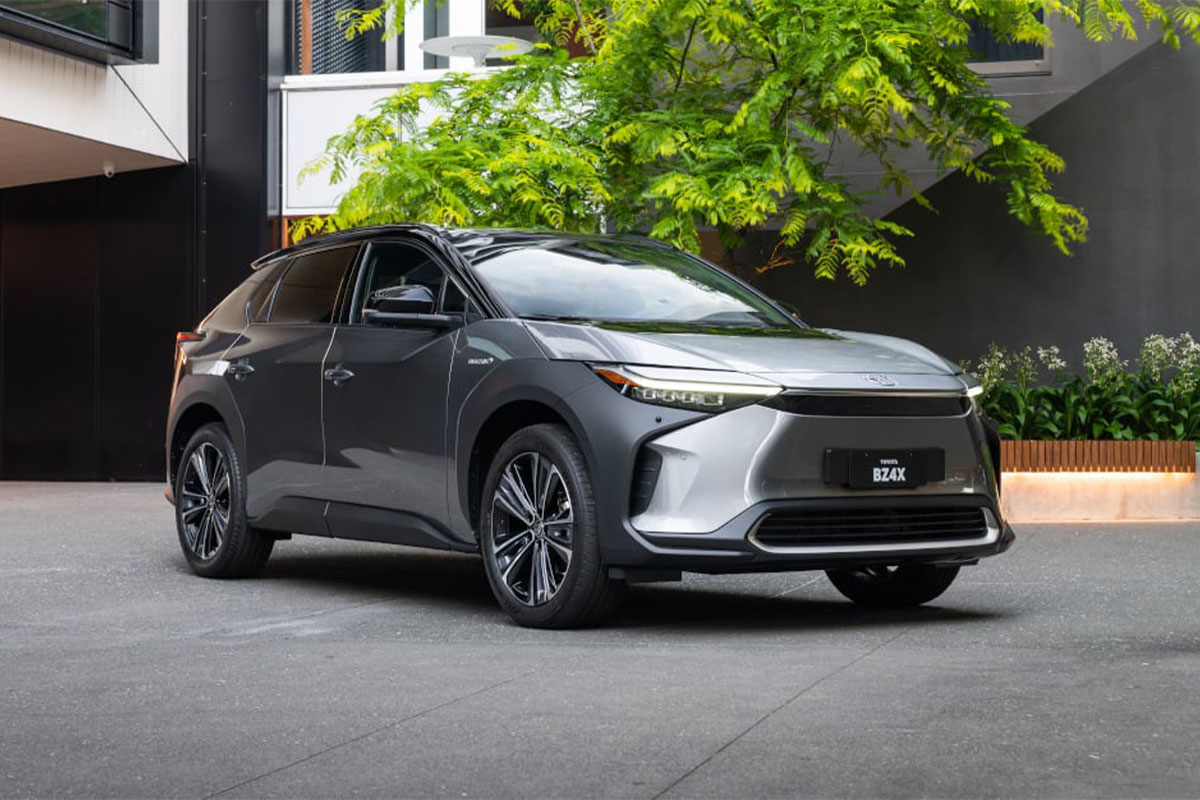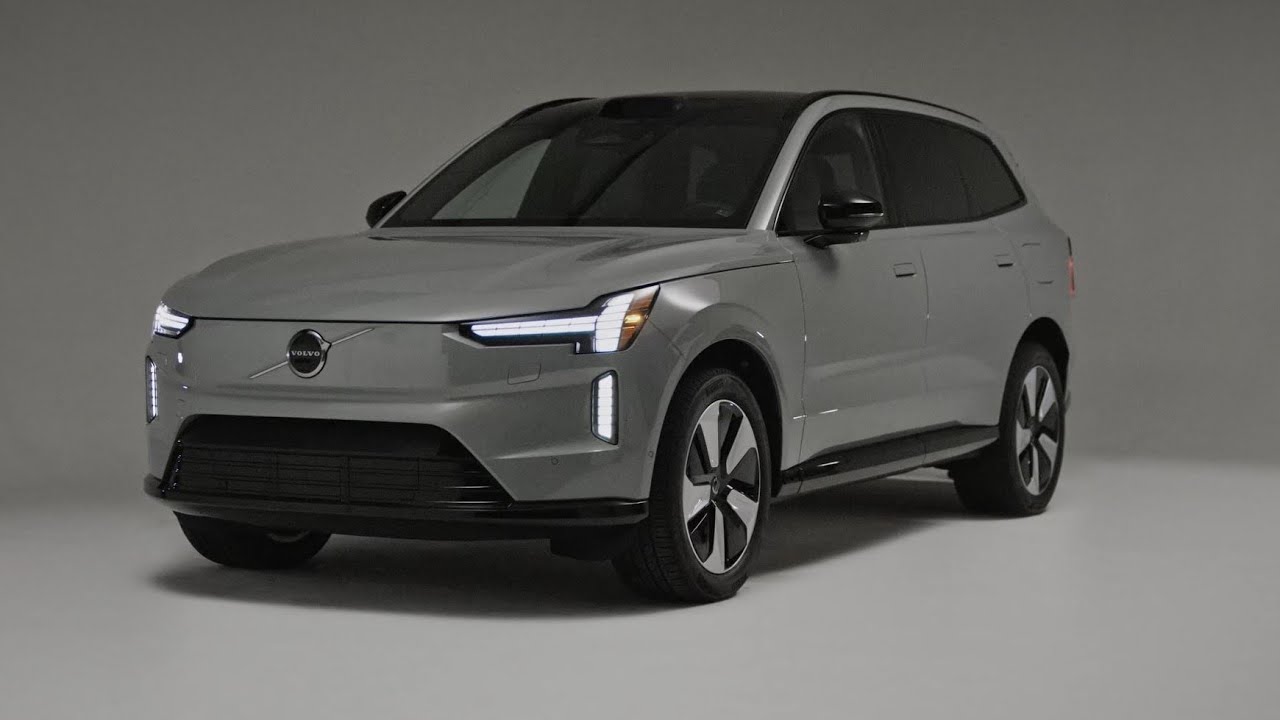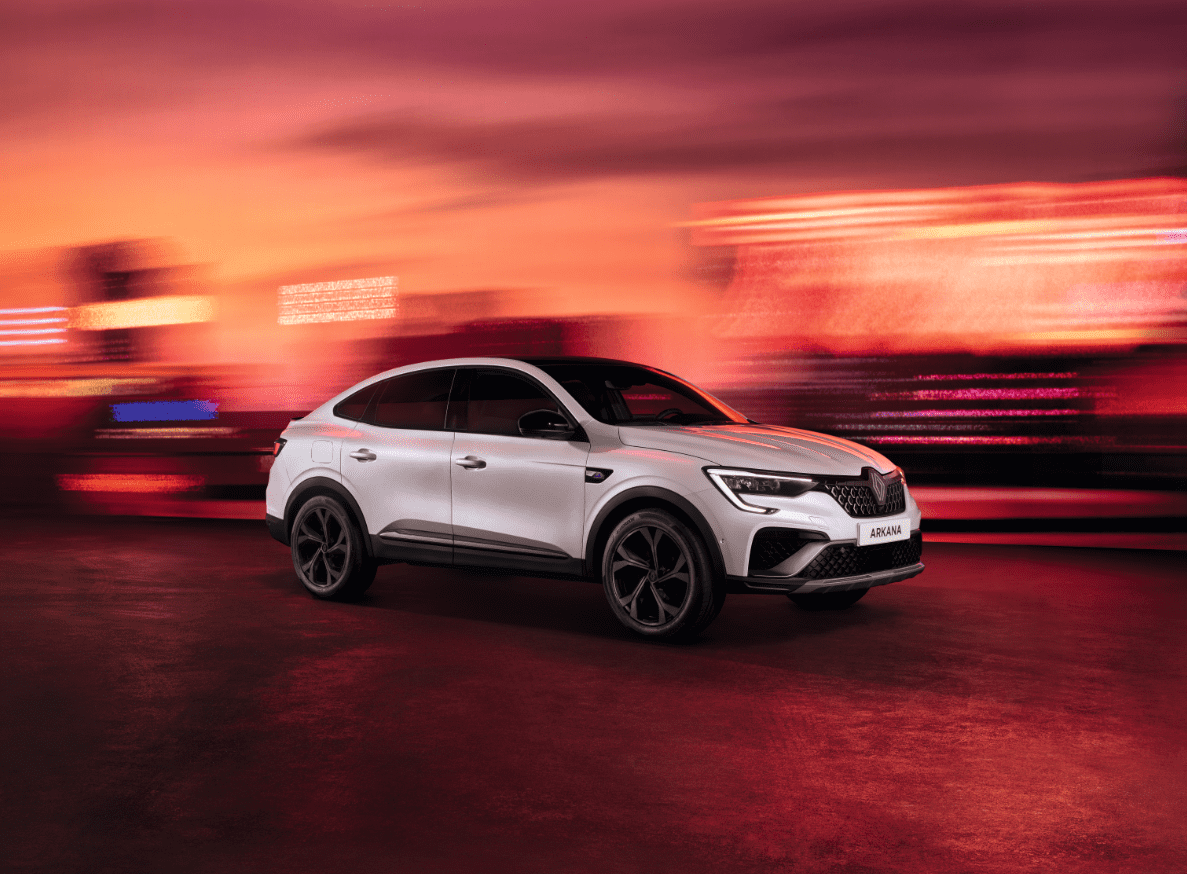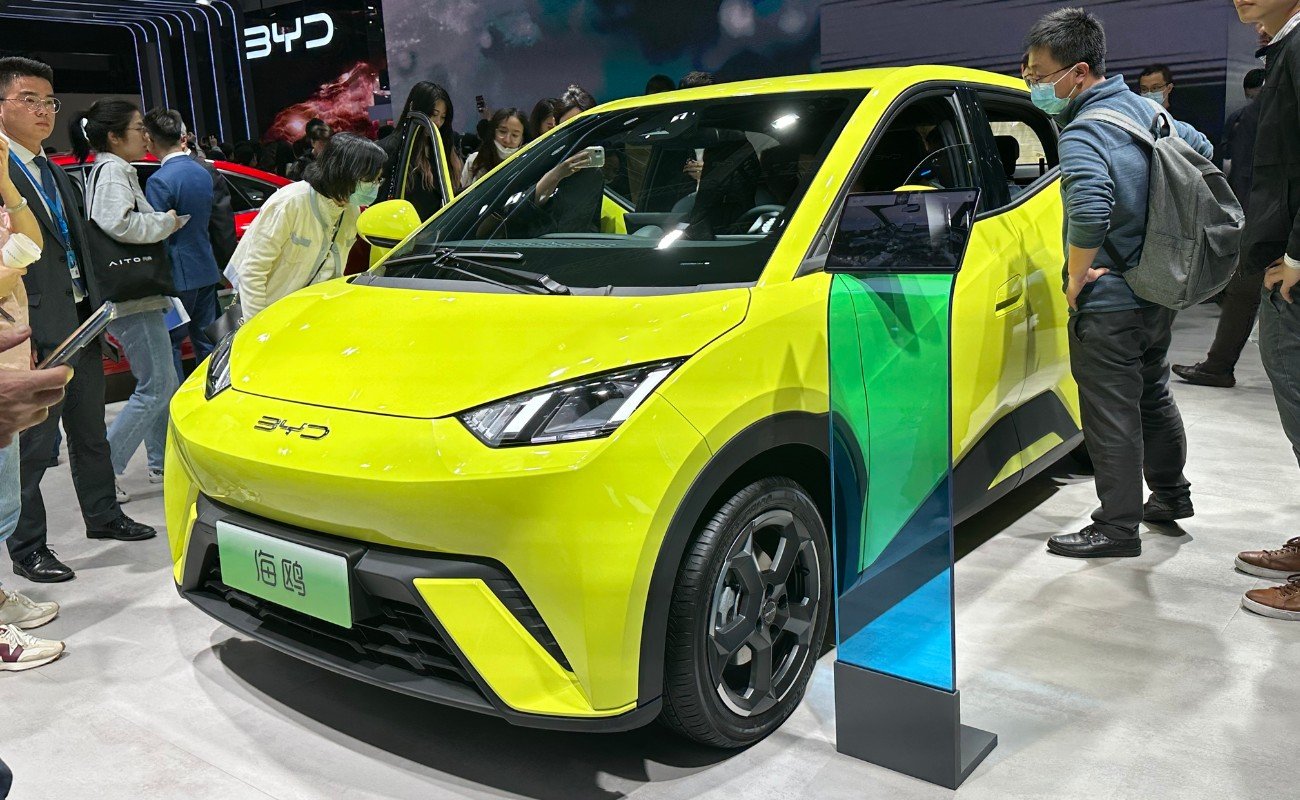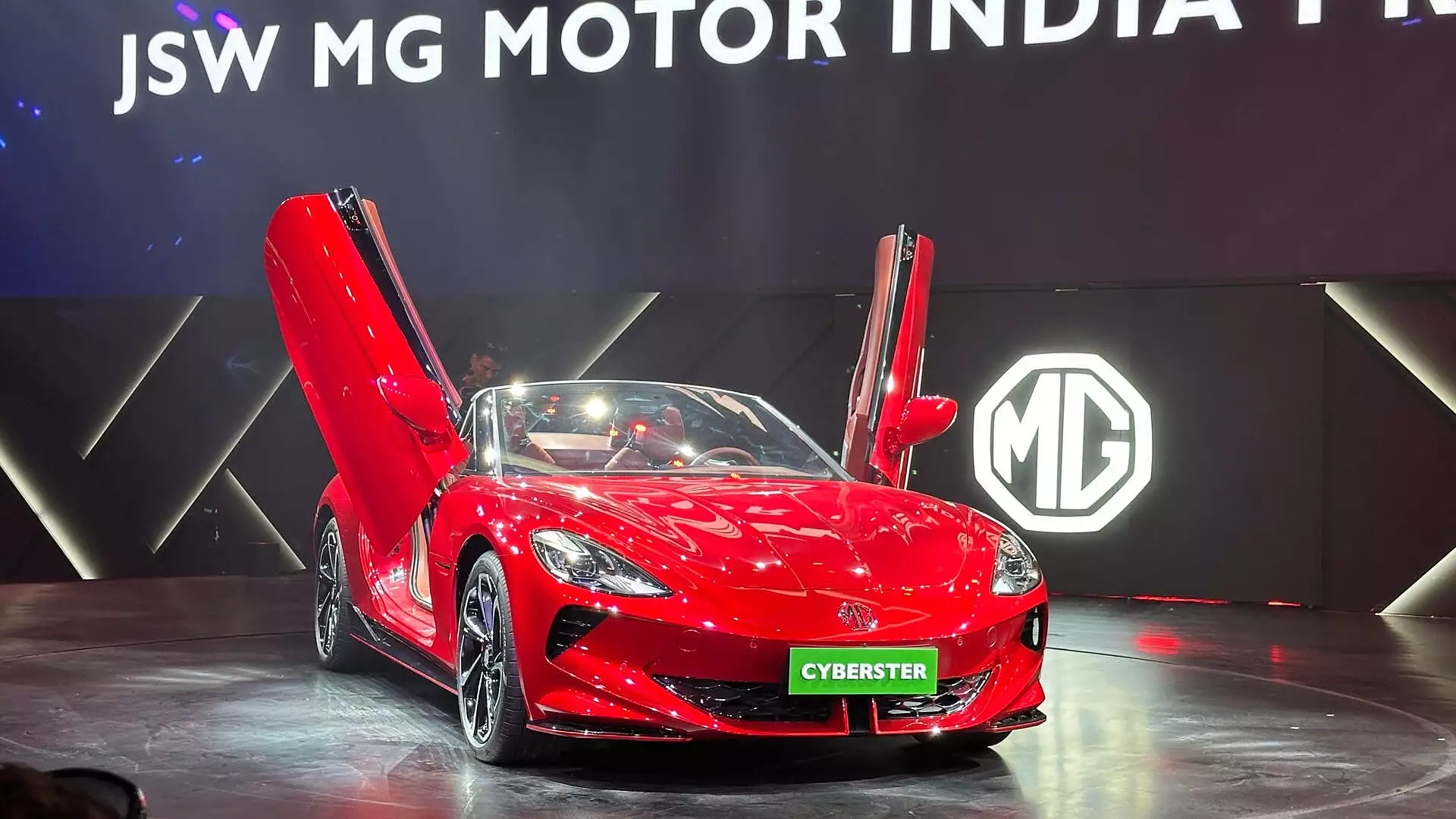The Ford Endeavour has long been synonymous with ruggedness, reliability, and luxury, positioning itself as a leader in the SUV segment. Known for its powerful engine options, robust off-road capabilities, and premium features, the Ford Endeavour is a true workhorse that doesn’t shy away from tough terrains, while also offering a plush driving experience on urban roads. Whether you’re an adventure enthusiast or a family seeking comfort on long journeys, the Endeavour is designed to meet every demand.
The Endeavour continues to evolve with every new model, maintaining its reputation as one of the most capable SUVs on the market. In this article, we will explore the various aspects of the Ford Endeavour, focusing on its design, performance, features, and overall appeal.
Bold and Rugged Design
The Ford Endeavour carries a commanding presence, thanks to its bold, muscular design. The exterior is characterized by a wide stance, high ground clearance, and sharp lines, making it a head-turner wherever it goes. The front grille, which sports the signature Ford blue oval logo, is flanked by sleek LED headlights that provide not only improved visibility but also a modern, aggressive look. The sculpted bonnet, coupled with chrome accents, adds a touch of luxury, further elevating the Endeavour’s premium feel.
The side profile of the Endeavour is equally impressive, with flared wheel arches and large alloy wheels that highlight the vehicle’s off-road prowess. The addition of side steps and roof rails enhances both functionality and style, making the Endeavour the perfect SUV for both city driving and outdoor adventures. At the rear, the vehicle features stylish LED taillights and a dual-tone bumper, completing the rugged yet refined appearance.
Ford has also ensured that the Endeavour is built to handle tough environments. Its body-on-frame construction ensures that it can endure the harshest off-road conditions while maintaining excellent durability and strength.
Powerful Performance and Engine Options
Under the hood, the Ford Endeavour offers a range of potent engine options designed to deliver both power and efficiency. The Endeavour is typically available with a 2.0-liter turbocharged diesel engine that provides ample power and torque for both city driving and off-road excursions. With around 170 horsepower and 420 Nm of torque, this engine offers exceptional performance, making it easy to tackle even the most difficult terrains.
For those seeking a more powerful option, the 2.0-liter twin-turbocharged diesel engine available in the higher trims delivers a substantial 210 horsepower and 500 Nm of torque, making it one of the most powerful engines in its class. This engine is paired with a 10-speed automatic transmission, which provides seamless shifting and ensures that the Endeavour remains refined on both highways and rough roads.
The 4WD (four-wheel-drive) system is another standout feature of the Endeavour. Designed to tackle any terrain, it provides excellent traction on gravel, mud, snow, and even rocky paths. The Terrain Management System allows the driver to select from various drive modes, including Normal, Snow, Sand, and Mud, ensuring that the Endeavour adapts to changing conditions with ease.
The Endeavour also offers an excellent towing capacity, making it a great choice for those who require a vehicle that can haul heavy loads or tow a trailer during outdoor adventures.
Premium and Spacious Interior
Step inside the Ford Endeavour, and you’ll immediately be impressed by the attention to detail and the luxurious feel of the cabin. The interior is spacious, offering plenty of room for up to seven passengers in three rows of seats. Whether you’re embarking on a long road trip with family or friends, or heading off on a weekend getaway, the Endeavour offers comfortable seating and ample legroom in all three rows.
The driver’s seat is power-adjustable and comes with memory settings, while the front seats offer both heated and ventilated options, providing comfort regardless of the weather. The second-row seats are also roomy, and the third-row seats are designed to fold flat, offering additional luggage space when needed. With premium leather upholstery, the interior exudes a sense of refinement, while the soft-touch materials across the dashboard, door panels, and center console contribute to the overall luxurious atmosphere.
The infotainment system in the Ford Endeavour is a major highlight. The vehicle comes equipped with a Touchscreen Sync3 system that supports Apple CarPlay and Android Auto integration, allowing passengers to stay connected on the go. The premium audio system provides a superior sound experience, ensuring that long drives are enjoyable for everyone. Additionally, features like Bluetooth connectivity, USB ports, and a 360-degree camera system add convenience and safety.
Advanced Safety Features
Ford has equipped the Endeavour with an extensive suite of safety features to ensure that both the driver and passengers are protected in any situation. The Endeavour comes with dual front airbags, side curtain airbags, and front side airbags, providing comprehensive protection in the event of a collision.
Additionally, the Endeavour features ABS with EBD (Electronic Brakeforce Distribution), traction control, hill descent control, and hill-start assist, which make the vehicle easier to handle in challenging conditions. The Parking Assist system, which includes front and rear parking sensors along with a reverse camera, ensures ease of maneuvering, even in tight spaces.
One of the standout safety features of the Endeavour is the Blind Spot Monitoring System, which alerts the driver to vehicles in their blind spots, enhancing lane-changing safety. Lane Keeping Assist and Adaptive Cruise Control are also available in higher trims, offering an extra layer of convenience and security during highway driving.
Off-Road Prowess and Ride Comfort
The Ford Endeavour is built to handle a variety of driving conditions. Its independent suspension system, coupled with long-travel dampers, ensures that the vehicle remains composed on rough roads, providing a smooth ride for passengers even on uneven surfaces. The vehicle’s high ground clearance and approach and departure angles make it ideal for off-road adventures, ensuring it can clear obstacles with ease.
Despite its off-road capabilities, the Endeavour doesn’t sacrifice comfort. On paved roads, the suspension system works efficiently to deliver a quiet, composed, and comfortable ride, making it just as suitable for urban driving as it is for challenging off-road conditions.
Conclusion
The Ford Endeavour continues to stand out as one of the most well-rounded SUVs on the market. Whether you’re drawn to its rugged design, powerful engine options, luxurious interior, or advanced safety features, the Endeavour offers everything you could want in an SUV. It’s an ideal choice for families, adventurers, and anyone who wants a reliable vehicle capable of handling any challenge—whether on the road or off it. With the Ford Endeavour, you get a perfect blend of power, luxury, and practicality, making it the ultimate companion for those who seek adventure without compromising on comfort.


